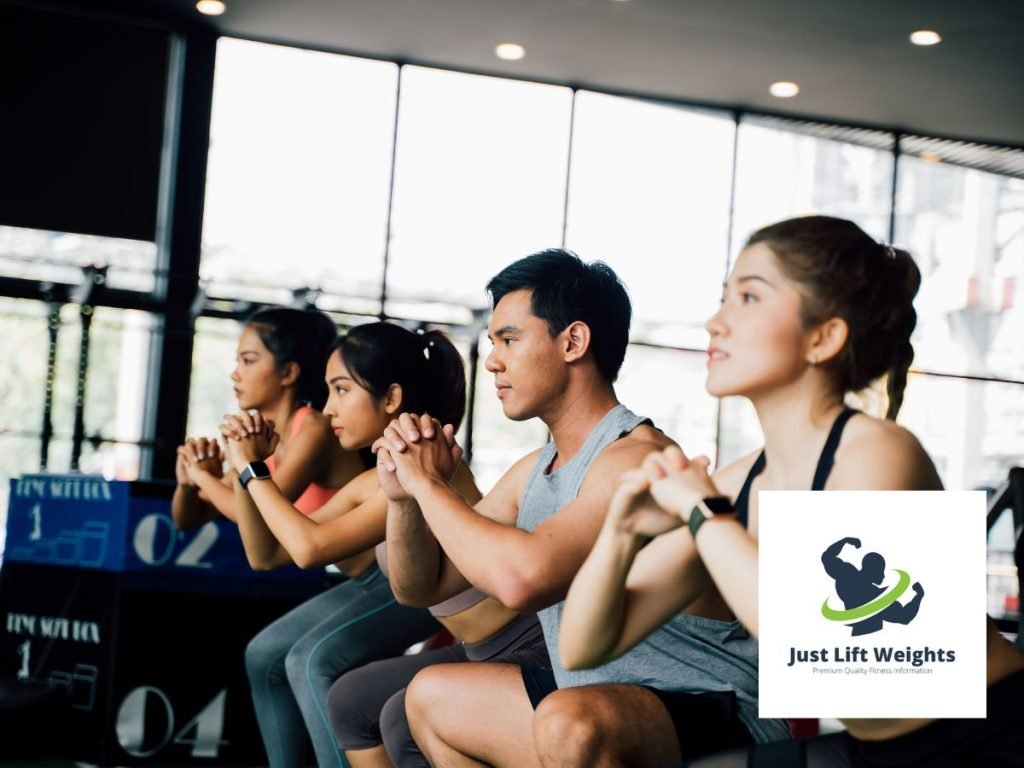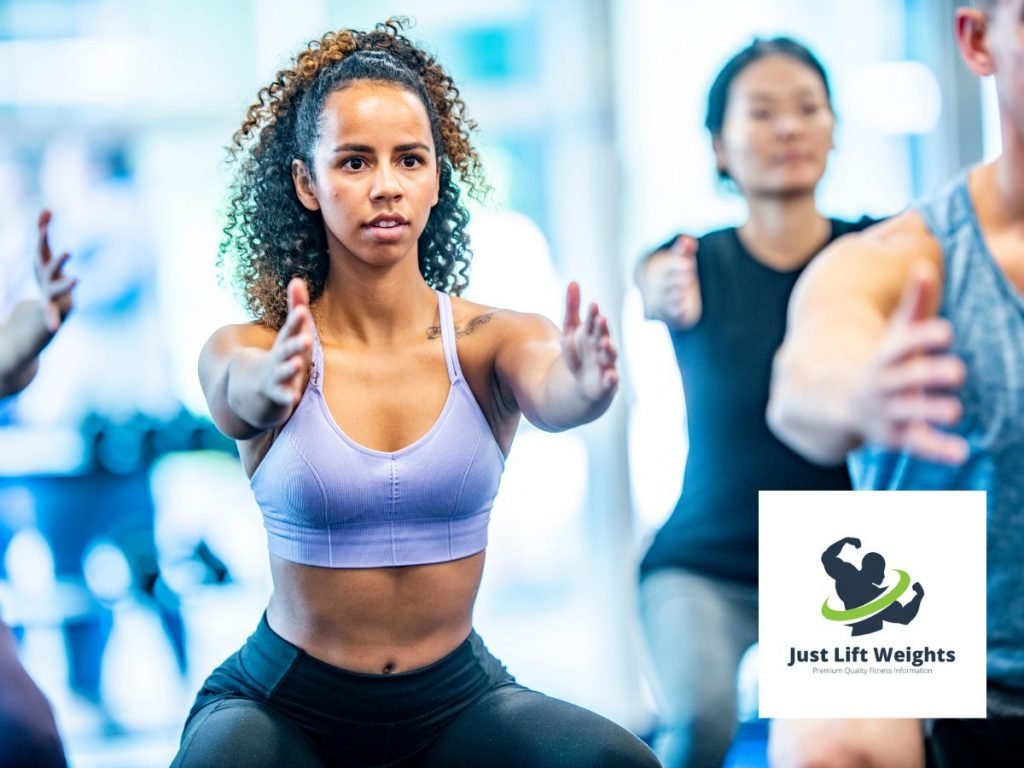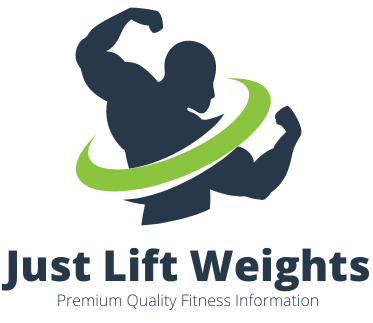Asian squats, also known as pistol squats, are a great way to strengthen your lower body. They are named Asian squats because this type of squat is often seen in Eastern cultures. This squat is done by standing on one leg and raising the other leg out in front of you while keeping your back straight. The benefits of doing Asian squats include improved balance and stability, increased strength in the glutes, hamstrings and quadriceps, and better flexibility in the hip joint. In this article, we will discuss how to do Asian squats correctly, as well as some alternatives to this exercise.
The benefits of doing Asian squats include: What they are; why you should do them; and how to do them.
Squatting is one of the best exercises you can perform if you’re trying to lose weight. It helps build strength in the quadriceps (the large group of thigh and shinmuscular tissue) and glutes (buttocks), both of which play important roles in maintaining balance and stability. In addition, squatting also strengthens the hamstrings (back of the thigh), calves (lower leg), and core abdominal area.

Asian squats are an exercise for building strength in the lower body
Squats are an excellent exercise for everyone. They’re especially beneficial for older adults who may not be able to perform traditional weightlifting exercises.
The Asian Squat is one of the most popular exercises out there, but many don’t know about it. You can perform it anytime and anywhere.
Here are some photos of the Asian Squat. We’ve discussed the benefits and drawbacks of doing an Asian Squat, and we’ve shown you how to get started.
Performing The Asian Squat?
It’s not hard once you figure out the right technique, but here are the basics for performing an Asian Squat:
-Stand straight with your feet shoulder-width apart and toes pointed outward.
-Bend at the knees, lower your body until your butt touches the floor, keep your heels on the ground, and hold for 10 seconds.
Repeat these steps for 10 minutes.
There are always ways to prevent injuries when exercising.
*Don’t do these if you’re pregnant or ill, but instead do them after having been pregnant or recovered from an illness. If you don’t feel well, consult a doctor first.
Benefits of the Asian squat include greater stability, better balance,
Squats are one of the best exercises for building muscle mass and strength. They’re also beneficial for reducing body
*Improved mobility.
Great for anyone who has stiff joints or injured knees!
You don’t need any special equipment to do this exercise. It can be completed at any time and place.
Even if you cannot perform the Asian Squats, there are other exercises which can help strengthen your lower body’s stability before you are able to do them.
-Lunges (pronounced “lunz”) are a type of exercise where you move your legs forward quickly towards an object. They can be done without any equipment
-Stair climbing exercises. What are they? Why should I use them?
Always be sure to get medical advice before trying something new. It may not take long, but it could save you from an accident later.

Why Is The Asian Squat So Popular?
One of the reasons why the Asian squat is so well loved by a lot of people is because it doesn’t require any equipment. Another good thing about the Asian squat is that it can be performed at any time and place.
Other reasons why people use Facebook include:
-Maintains pelvic health
-Stretches hip flexors that have become shorted due to prolonged sitting or standiing.
Sitting for long periods of time at a desk will cause your hips to become tight, leading to lower back pains when standing up from sitting. To avoid this problem, doing an Asian Squat regularly helps lengthen your hips and thus reduces the chances of any injuries or discomfort.
Try Out The Asian squat
To perform an Asian Squat, get down on your knees with your feet flat on the floor, then bend forward at the hips until your body forms a 90 degree angle between your upper legs and lower torso. Hold onto something sturdy and keep your arms straight out in front of you.
You might feel awkward at first but doing Asian squat exercises will increase your flexibility and strength. These benefits are just one reason why you should include them into your exercise routine.

There are lots of frequently asked questions on Asian squatting. Here are some of them
Does the Asian squat workout offer any health benefits?
As an added bonus, doing these squats can help improve your posture, which can benefit you in numerous ways.
Can I Do Asian Squats If I Have A Herniated Disc?
Yes! You can perform Asian Squat exercises if you have a herniated disc but they might be uncomfortable at first. Consult with your doctor before starting an Asian squat routine or performing them during pregnancy just to be on the safer side!
How Often Should I Be Doing The Asian Squat?
You don’t have to stick to one particular workout schedule for the rest of your life. It depends on your goals and fitness level. If you’re just starting out, then maybe doing two sessions per week would be best for you. But if you want to get into shape faster, then you might want to start working out every day.
Because Asians squat differently than everyone else.
Everyone has different degrees of flexibility and range of motion, so if you don’t know exactly how your body will react when doing an Asian squat, start by trying a half-squat instead.
If you’re wondering why they call it an “Asian squat”, just know that it’s called an “Asian
Squats are one of the best exercises you can do if you’re trying to build muscle mass. In fact, they’re such an effective exercise that they’re often referred to as “the king of all exercises.” Doing squats requires no equipment (other than your own body weight), and they can be done anywhere—even in the comfort of your home!
Squatting can help increase flexibility, but the real benefits come from the way you think and act when you’re in the squatting position. If you have a strong intention behind your actions, then even something as basic as sitting down with your legs crossed can yield big results.
What exactly do Asian squats do for us? They strengthen the quadriceps muscle group which helps stabilize the kneecap and reduces the risk of injury. It also improves our balance and makes it easier to walk.
Can You Asian Squat?
As long as you’re healthy and strong enough to do so, there’s no reason why you shouldn’t be doing these exercises.
Below we will explore some of the reasons why people may not be able to do an Asian Squat and what they can do to fix them.
If you have knee problems, try putting pillows under each foot when sitting on the floor with your legs outstretched. Also, try bending one leg at the knee and then the other leg at the ankle instead of both legs bent together.
Another way to do an Asian squat with variations is to use a chair instead of a bench. Stand up straight with your legs together and place your hands on the armrests of the chair. Slowly bend forward at the waist until your thighs are parallel to the floor. Make sure there’s enough room in the space in between the chair and armrests so that when you stand back up, one leg can fit between them for support.
-The last method to modify the Asian squat position is by using a box. This is best for beginners who might not be able to reach the floor without experiencing pain and/or causing injuries. The height of the platform will depend on your requirements, but we suggest it being no higher than twelve (12) centimeters off the ground.
-Stand with your right leg in front of you, with your right toe touching or just past an edge while placing left leg on top of something (like another crate) behind you, so your knee doesn’t come into contact with the ground during this exercise. Then slowly bend your right knee until your thigh is parallel to the ground, making sure there’s room between your butt and heel when standing back up.
Why Can’t Everyone Do The Asian Squat?
Not everyone can do the Asian squat because not everyone has the right muscle flexibility and range of motion in their hips and ankles.
The Asian squat is a great exercise for strengthening the muscles around the hips and ankles, but it’s not suitable for everyone. Those with tight hip flexors and ankles may find that they’re unable to do the Asian squat properly, which could lead to injuries.
If you’re not sure whether you’re able to do the Asian squat safely, it’s best to consult with a personal trainer or physical therapist who can help you determine your level of flexibility and range of motion. With time and patience, however, most people should be able to learn how to do the Asian squat properly.
What Makes The Asian Squat So Hard?
The Asian squat is hard because it’s a more advanced exercise that requires good flexibility, balance, and strength. It’s a great exercise for improving overall fitness and toning the legs, but it takes some practice to get it right.
Here are a few tips for performing the Asian squat correctly:
1) Make sure you have good flexibility in your hips and ankles. You should be able to squat down low without rounding your back or compromising your alignment.
2) Start with your feet hip-width apart and make sure your knees track over your toes. Keep your weight on your heels as you lower down into the squat.
3) Go as deep as possible while maintaining good alignment. Hold for a few
Why Everybody Should Practice The Asian Squat?
The Asian squat is a great way to improve your overall health and fitness. It’s a simple move that just about everyone can do, and it provides a full-body workout.
The benefits of practicing the Asian squat include:
*Improved flexibility and range of motion in the hips, knees, and ankles
*Increased strength in the glutes, thighs, and calves
*Improved balance and stability
*Better breathing and circulation
*And more!
Asian Squat VS Slav Squat What’s The Difference?
There are a few key differences between the Asian squat and Slav squat. For one, the Asian squat is typically done with a forward tilt of the torso, while the Slav squat is more upright. Secondly, the Asian squat typically involves sitting further back and down, while in the Slav squat you remain more upright and descend less.
Lastly, many people find that the Asian squat allows for greater range of motion and mobility in the hips and ankles, while the Slav squat is better for building strength in the quads. So depending on your goals, you may want to try out both types of squats to see which works better for you.
How Does The Asian Squat Help With Back Pain?
The Asian squat helps with back pain because it strengthens the muscles in your lower back and core.
When you do the Asian squat correctly, you’re engaging your glutes, hamstrings, and core muscles. These are the muscles that support your lower back, and by strengthening them, you can help reduce or prevent back pain.
So if you’re struggling with back pain, give the Asian squat a try! It’s an easy exercise to learn and it’s very effective at strengthening your lower back and core muscles.
Conclusion
For those seeking a low impact, yet effective way to tone and build muscle, the Asian Squats is perfect. With only 1 minute of this exercise, your quads, hamstrungs, glutes and calfs can all be worked at once! This post has provided a description of what an Asian Squats is and how to perform them. Additionally, it includes benefits of performing the Asian Squats and modification tips if necessary. So now that you’ve learned more about this awesome exercise method, go ahead and give it a try – we’re confident you’ll love it!
